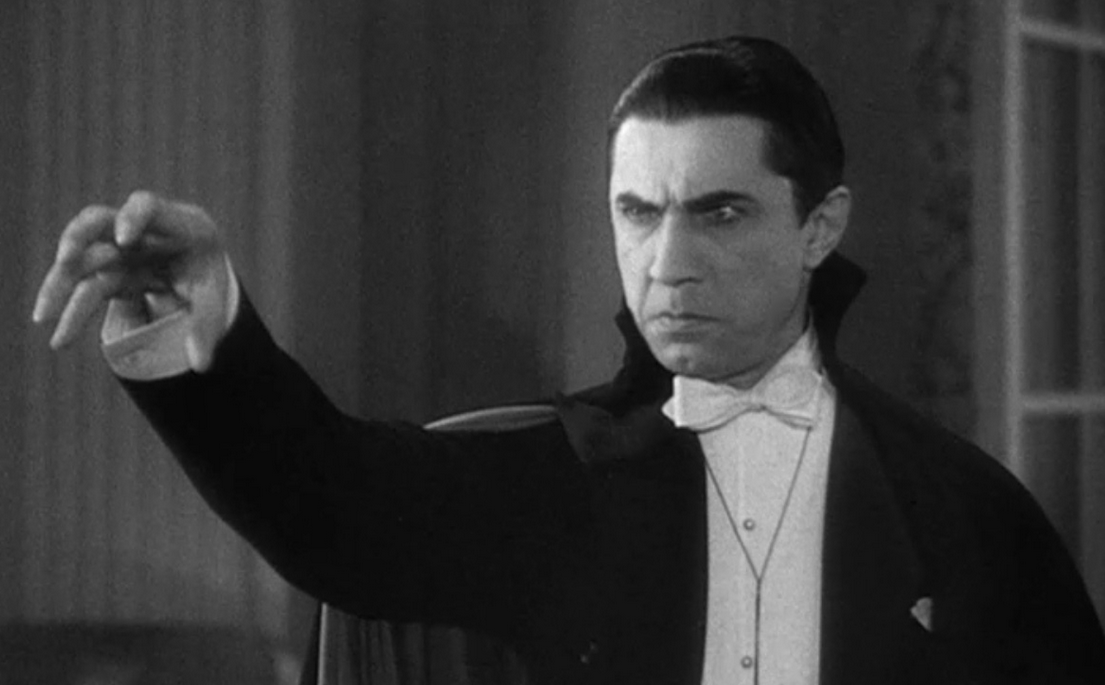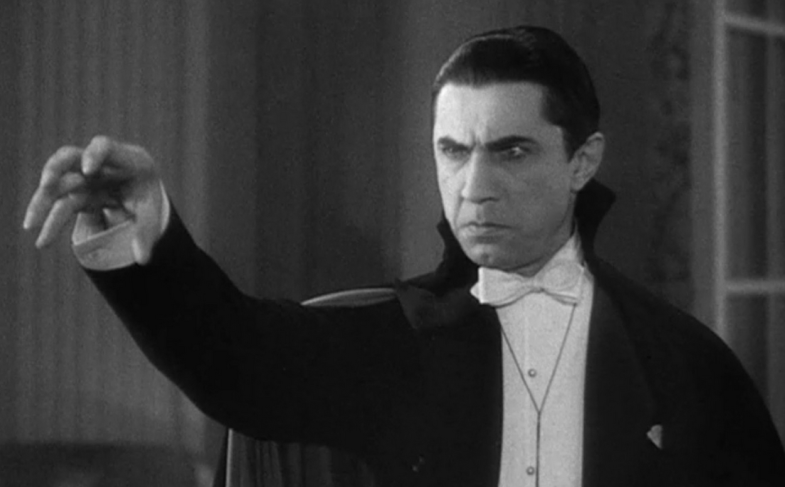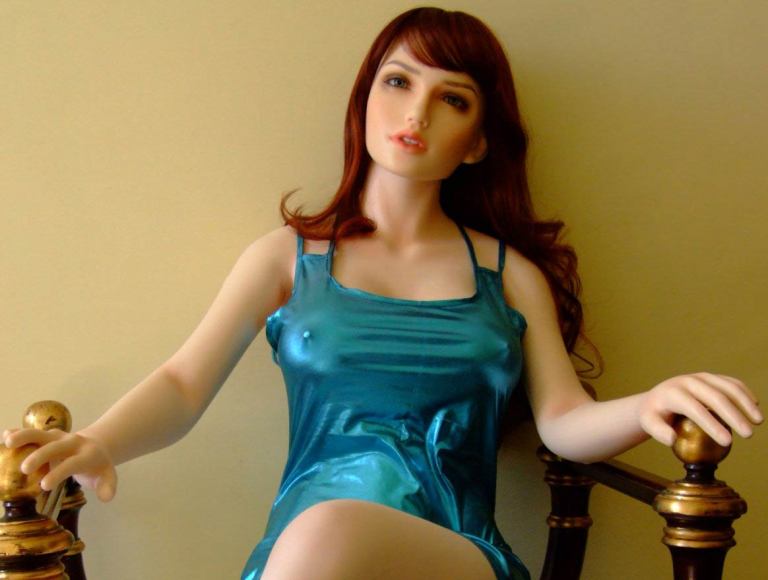25 Blood-Curdling Facts About Bram Stoker’s ‘Dracula’
Stoker got his ideas of Transylvanian folklore from a book by Emily Gerard, a nineteenth-century author, titled, “Transylvanian Superstitions,” which was first published in 1885.


1. Dracula is the antagonist of the Victorian gothic horror classic, “Dracula” by Bram Stoker, published in 1897.
2. The famously infamous count is Hungarian, a Székely, who, in the 15th century, had led his troops against the Turks, across the River Danube. He’s a warrior.
3. He doesn’t have any bride, let alone, three. Who the three women in his residence, referred to as the “sisters,” are is unclear.
4. Nor does he have a first name. The name, “Dracula,” is popularly believed to have been inspired by the patronymic of Vlad III, a ruthless 15th century Wallachian prince. Stoker’s description of his villain as a tall, thin man, with a “heavy moustache” somewhat matches the portrait of Vlad III. But what is the connection between the two? In 1890, Stoker borrowed from the Whitby Public Library, the book, “An Account of the Principalities of Wallachia and Moldavia” by William Wilkinson. There, he came across, in a footnote attached to a passage, which said, “Dracula, in the Wallachian language, means devil.” The Wallachians, at the time bestowed this last name to any person, who distinguished himself by courage, cruelty, or cunning.
5. Dracula’s castle stands on the edge of a terrific precipice, from which there’s a 1,000 feet drop, but it offers a breathtaking view of the Carpathians.
6. None of the rooms in his home, though tastefully and richly decorated, have mirrors.
7. Abraham Van Helsing, the Dutch doctor, who’s tracking him down, says of Dracula, that he trained at Scholomance, a storied academy of black magic and dark arts, located south of Hermannstadt, run by Satan himself. Consider it an evil counterpart to Hogwarts. And like the school for wizards and witches, near it too, is a deep, black tarn. It enrolls ten pupils at a time, of whom nine are allowed to go home. The tenth is retained as the devil’s due.
8. He has superhero strength.
9. He can climb up and down walls.
10. He’s a necromancer. That is, he can divine by talking to the dead.
11. He doesn’t eat.
12. To his guest, however, he laid out a sumptuous table, laid with roast chicken, cheese, and salad, and a bottle of Tokay, a Hungarian wine.
13. He doesn’t have a pulse.
14. He can direct the elements: the storm, the fog, the thunder.
15. He can command the rat, the owl, the bat, the moth, the fox, and the wolf.
16. He can grow and become small and at times, vanish.
17. He can only change himself at noon, or at sunrise or sunset.
18. He can only pass running water only “at the slack or the flood of the tide.”
19. As he and others like him are immortal, they go living, age after age, swelling the ranks of their own kind, for all those, who die from the preying of the undead themselves become undead.
20. After death, their souls get possessed. And it’s only when they’re killed that they can be truly dead and their souls can be free again and rest in peace forever.
21. They can only sleep in sacred earth.
22. The “holiest of love” is the “recruiting sergeant” for swelling the ghastly ranks of the undead. Johnathan Harker, Mina’s husband says: “If we find out that Mina must be a vampire in the end, then she shall not go into that unknown and terrible land alone. I suppose it is thus that in old times one vampire meant many.”
23. When Dracula travelled to London, he didn’t travel light. He brought with him a cargo of 50 wooden boxes, all filled with moldy earth, all replicas of his grave in his castle, in Transylvania.
24. Dracula buys many properties in every corner of London and in each he plans to install each of these chests.
25. Stoker got his ideas of Transylvanian folklore from a book by Emily Gerard, a nineteenth-century author, titled, “Transylvanian Superstitions,” which was first published in 1885. ![]()



